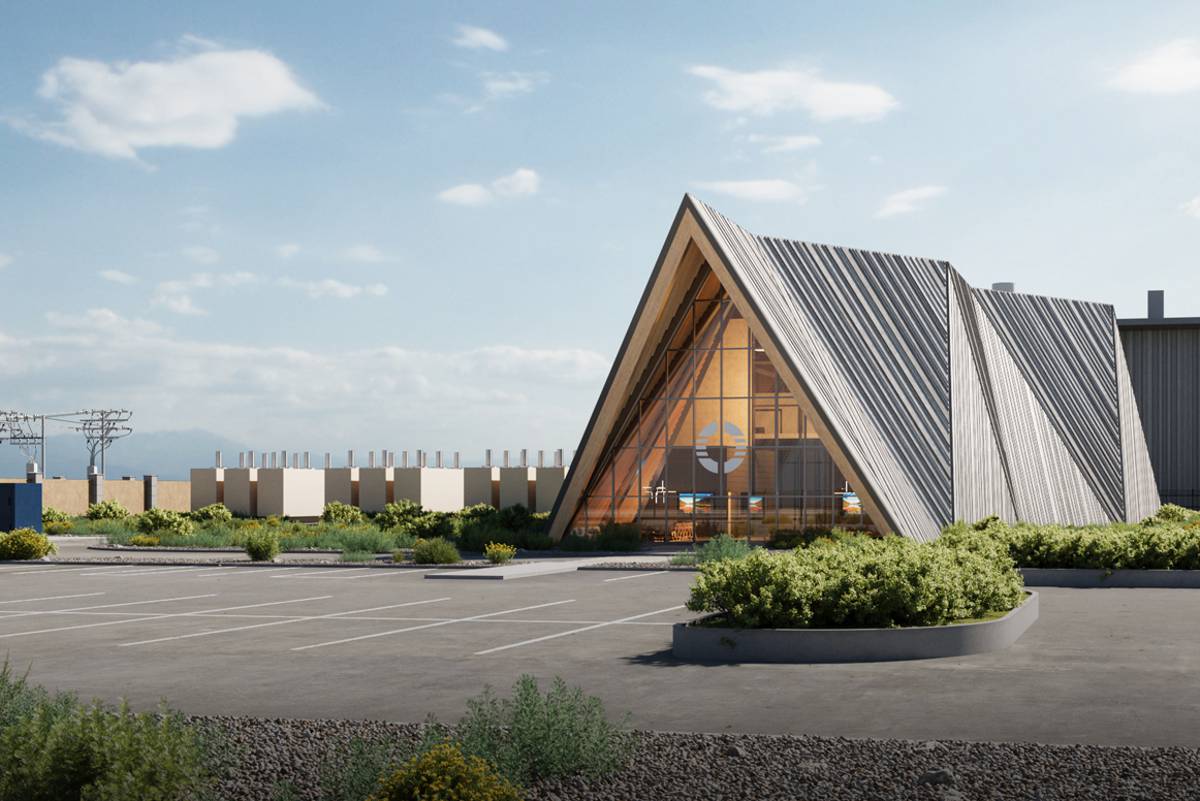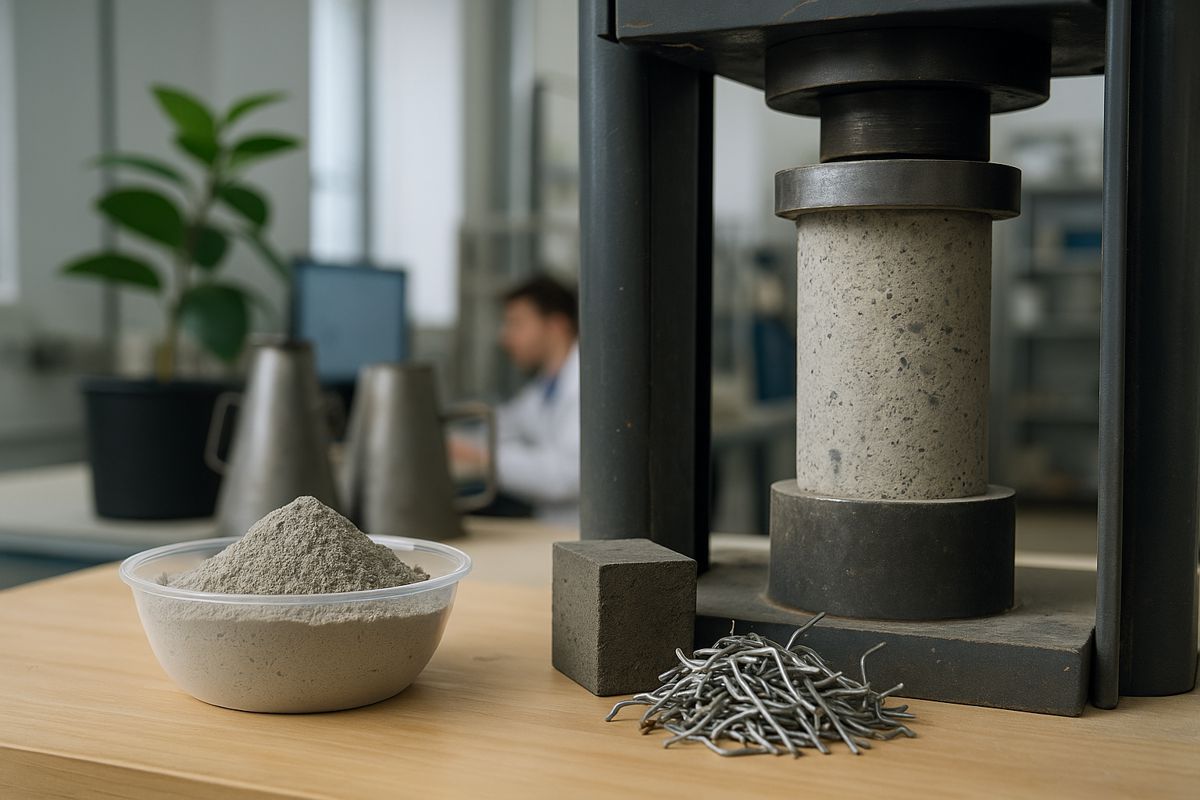Accelerated Bridge Construction used to replace Savoy Road Bridge in Massachusetts
Bridge substructure is composed of all precast concrete bridge components for fast-track construction
Partnering with the Massachusetts Department of Transportation, engineering firm McFarland Johnson and general contractor Clayton D Davenport Trucking, Oldcastle Precast Rehoboth, Massachusetts provided the precast concrete bridge components for the entire substructure, besides the footings, to replace the Savoy Road Bridge over the Chickley River.
The MassDOT project consisted of replacing the existing bridge with a new bridge using concrete NEXT beams and precast concrete substructures. The bridge carries a 17-foot vehicular roadway, with curbs on both sides of the bridge. The project limit extends approximately 200 feet north and 250 feet south of the bridge. Approach work consisted of reconstruction of the roadway guardrail.
In all, Oldcastle Precast Rehoboth manufactured ten abutment stems – (5′ x 4′ x 11’6″ tall); four abutment caps – (12′ x 4′ x 2′ tall); four curtain walls – (5′ x 4′ x 18’9″ tall); and eight wingwalls- (5′-6″ x 3′- X 18′ tall) to construct the replacement bridge on Savoy Road.
The use of precast concrete bridge components allowed for the rapid construction of the bridge substructure. The bridge abutments were delivered, installed, and grouted over a 2-day span.
Accelerated Bridge Construction
Accelerated Bridge Construction is a form of bridge construction that uses innovative planning, design, materials, and construction methods in a safe and cost-effective manner to reduce the onsite construction time that occurs when building new bridges or replacing and rehabilitating existing bridges.
Using Accelerated Bridge Construction improves site constructability, total project delivery time, and work-zone safety for the traveling public. In addition, Accelerated Bridge Construction reduces traffic impacts, onsite construction time, and weather-related time delays.
A common reason to use Accelerated Bridge Construction is to reduce traffic impacts because the safety of the traveling public and the flow of the transportation network are directly impacted by onsite construction-related activities.























